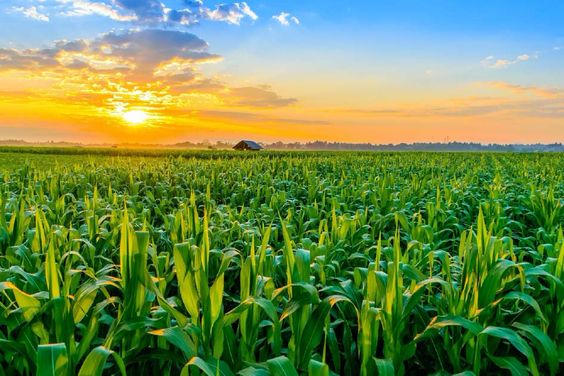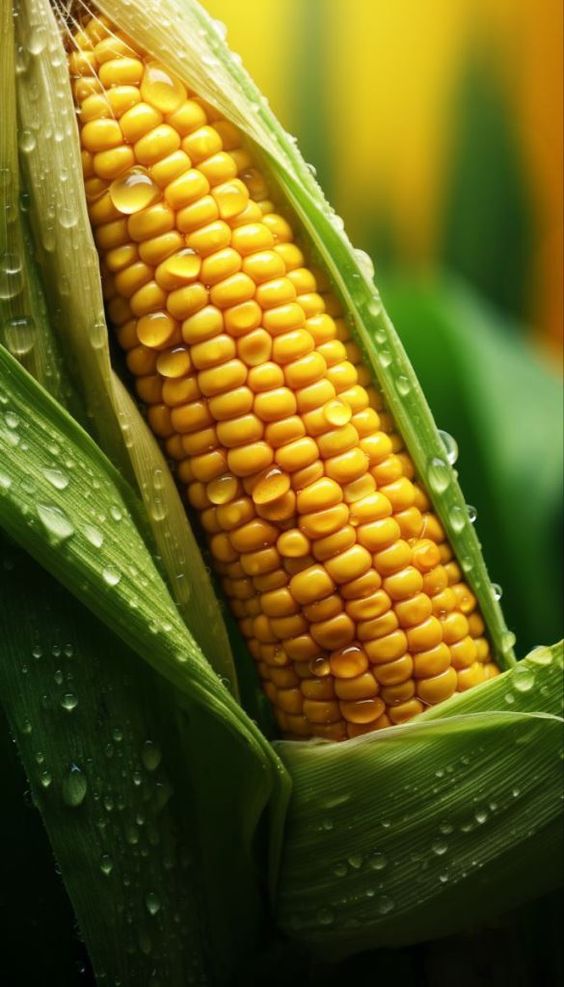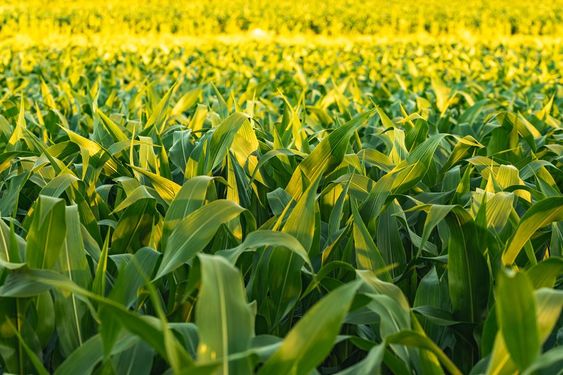Unlocking the Power of Data: How Agricultural Data Interoperability Drives Smart Agriculture
Agricultural Data Interoperability sector is on the cusp of a significant transformation. Smart agriculture, powered by data-driven insights and automation technologies, is poised to revolutionize the way we grow food. At the heart of this transformation lies a critical concept: agricultural data interoperability.
Contents
Introduction: The Challenges of Fragmented Data
Modern agriculture generates a wealth of data. From soil sensors monitoring moisture levels to satellite imagery tracking crop health, the volume of information available is staggering. However, this data often resides in isolated silos, locked away in proprietary formats or incompatible systems. This fragmentation hinders the potential of data to drive meaningful change.
Understanding Agricultural Data Interoperability
Agricultural data interoperability refers to the seamless exchange and integration of data between different agricultural applications, devices, and platforms. Imagine a scenario where data from a farm’s weather station can effortlessly flow into a crop yield prediction model. Or a farmer receiving real-time pest alerts based on data collected from neighboring farms. This interconnectedness, facilitated by data interoperability, unlocks the true power of smart agriculture.
Benefits of Agricultural Data Interoperability
The advantages of achieving agricultural data interoperability are numerous:
- Improved Decision-Making: Farmers can leverage data from various sources to make informed decisions about planting, irrigation, fertilizer application, and pest control. This data-driven approach can optimize resource utilization and boost yields.
- Enhanced Farm Efficiency: Integrating data from farm machinery and automation systems can streamline operations, reduce manual labor, and improve overall farm efficiency.
- Precision Agriculture: By enabling the analysis of granular data sets, interoperability paves the way for precision agriculture practices. Farmers can tailor inputs and treatments to specific areas within a field, minimizing waste and maximizing resource efficiency.
- Traceability and Transparency: Consumers are increasingly demanding information about the origin and production practices of their food. Interoperable data systems can ensure food traceability, allowing farmers to demonstrate sustainable practices and build consumer trust.
- Innovation and Collaboration: Open and standardized data exchange fosters collaboration between farmers, researchers, and agribusinesses. This collaborative environment can accelerate innovation in areas like crop breeding, disease resistance, and sustainable farming practices.
Challenges of Implementing Agricultural Data Interoperability
Despite its immense potential, achieving agricultural data interoperability presents several challenges:
- Standardization: The lack of standardized data formats and protocols across the agricultural industry hinders seamless data exchange. Efforts are underway to develop common data models, but widespread adoption is necessary.
- Data Security and Privacy: Farmers are understandably concerned about the security and privacy of their data. Robust data governance frameworks are essential to ensure data integrity and prevent unauthorized access.
- Connectivity: In rural areas, reliable internet connectivity can be a barrier to data collection and transmission. Investing in infrastructure development is crucial to bridge the digital divide.
- Legacy Systems: Many farms still rely on older, non-digital farm management systems. Upgrading these systems to integrate with newer technologies can be resource-intensive.
The Road Ahead: Enabling Agricultural Data Interoperability
Overcoming these challenges requires a multi-pronged approach. Industry stakeholders, including farmers, technology providers, government agencies, and research institutions, need to work together to:
- Develop and Implement Standards: Collaborative efforts to establish common data formats and protocols are essential. Open-source platforms and Application Programming Interfaces (APIs) can facilitate data sharing and integration.
- Invest in Data Governance: Establishing clear guidelines for data ownership, access, and security is crucial to building trust among farmers. Robust data governance frameworks will ensure responsible data practices.
- Expand Rural Connectivity: Bridging the digital divide in rural areas is essential. Government initiatives and public-private partnerships can play a vital role in expanding internet access to underserved communities.
- Promote Farmer Education and Capacity Building: Empowering farmers with the knowledge and skills to utilize data effectively is critical. Educational programs and training initiatives can equip farmers to navigate the digital landscape of smart agriculture.
Conclusion: A Data-Driven Future for Agriculture
Agricultural data interoperability holds the key to unlocking the full potential of smart agriculture. By breaking down data silos and fostering seamless information exchange, we can empower farmers to make informed decisions, optimize resource utilization, and ensure sustainable food production for a growing global population. As we move towards a data-driven future for agriculture, collaboration and a commitment to open standards will be essential to ensure that the benefits of smart agriculture reach all stakeholders across the agricultural value chain.




